12 Fun Facts About Chipmunks for Kids
Chipmunks are the smallest members of the Sciuridae family, sometimes known as the squirrel family. You might have noticed these small critters scampering over your yard, gathering their favorite nuts.
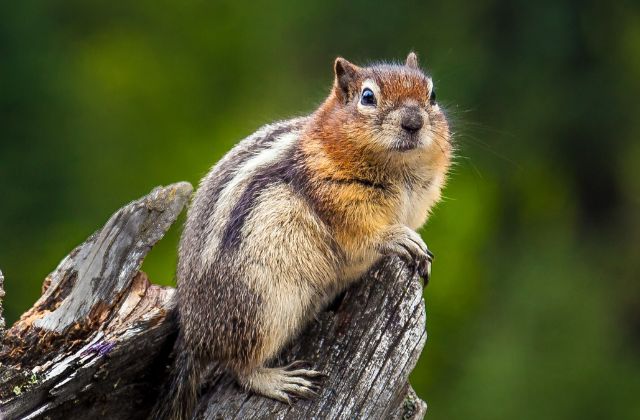
Are you a fan of chipmunks? Many kids have grown up watching Alvin and the Chipmunks or Chip and Dale cartoons. In this article, you will find some fun and interesting facts about chipmunks. Keep reading to know more about the chipmunk’s habitat, burrow, nutrition, and other details.
Some basic Chipmunk facts:
Name: Chipmunk
Kingdom: Animalia
Phylum: Chordata
Class: Mammalia
Order: Rodentia
Family: Sciuridae
Genus: Chipmunks
The History of Chipmunks
Around 70 million years ago, chipmunks evolved from mice and rats. The chipmunk’s stripes, according to scientists, are created by a gene that creates a pale hue. Scientists think that through time, the bright color developed into stripes.
Some interesting facts about Chipmunks for kids:
1. Chipmunks reside in burrows or tunnels.
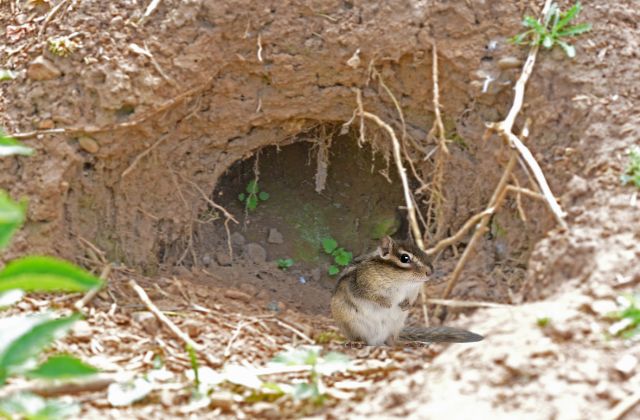
Chipmunks often build burrows that are more than 3.5 meters (11 feet) long. There are multiple concealed entrances to these burrows. They also maintain their dens clean and have separate chambers for storing their excrement and urine. They usually stay within a third of a mile of their burrow so that if a predator arrives, they may flee swiftly.
Chipmunks reside in various settings, including meadows, arid scrublands, nests, logs, and shrubs.
2. Chipmunks engage in a form of hibernation.
When the weather becomes bitterly cold, chipmunks retreat to their burrows and begin devouring their stored food. They do not, however, go into hibernation in the traditional sense. Instead, when bad weather occurs, they fall into a coma. Torpor is similar to hibernation in that it is transient and can be voluntary or not.
During torpor, the chipmunk’s critical functions slow down. Their heart rate decreases, they breathe less frequently, and their energy needs are decreased by around 75%. There are, however, risks associated. If a predator enters its burrow, the chipmunk has a limited chance of generating the mental and physical power needed to combat it.
3. Chipmunks can shove whatever they want into their cheeks.
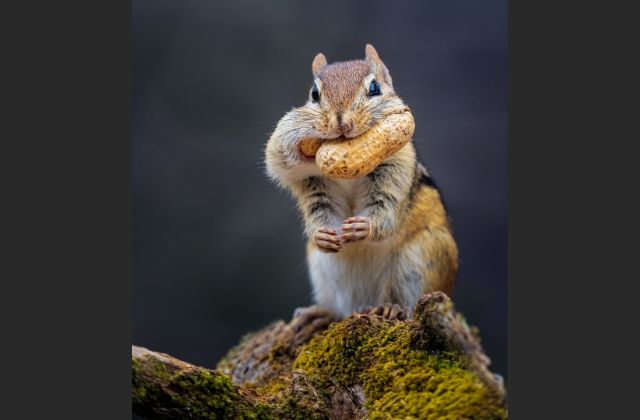
Chipmunks build food caches to help them survive when food is scarce in winter. Fortunately, they have cheek pouches that may expand to three times the size of their head.
They may fill those cheek pouches with various meals and return to their burrows again. They’ll also shove almost anything inside those cheek pouches. They are omnivores and are well-known for not being choosy about their diet.
4. Chipmunk babies are born blind.
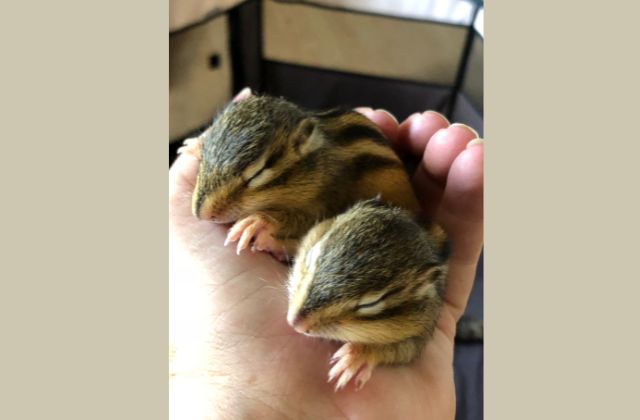
After a 30-day gestation period, a litter of two to eight young chipmunks is born. Chipmunk babies, sometimes known as kits, kittens, or pups, are born hairless and blind. They normally reside with their parents for around two months before moving out.
5. Chipmunks can be kept as pets.
Chipmunks make excellent pets and are reasonably clean creatures. They groom themselves and don’t need to be bathed. If you decide to keep one as a pet, keep in mind that they require a large cage in which to play, relax, and exercise.
It is not recommended to confine a chipmunk in a cage that is shorter than 4 feet or 48 inches in length. Cleaning, washing, and scrubbing their cage is also vital.
6. Chipmunks are good for the environment.
Chipmunks are useful to the environment. They help spread mycorrhiza, a fungus that aids in plant water and nutrient uptake, by eating fungi. They also contribute to the growth of flora. Chipmunks contribute to the spread of bushes, trees, and other plants by collecting and burying seeds.
7. Chipmunks’ stripes assist them in hiding from predators.
Many people are perplexed as to why chipmunks have different stripes along the length of their bodies. The black and brown patterns on their bodies and the varied stripes can help them blend in with tree bark and other wooded settings. Their stripes help them camouflage. A predator would have difficulty identifying this squirrel based on color. Therefore, a chipmunk still has a decent chance of remaining undiscovered.
8. A male chipmunk’s vocal sac can expand.
A male chipmunk is known as a buck, while a female is known as a doe. Males are somewhat smaller than females in terms of size. Another method to tell their sex is by the chipmunk’s vocal sac. When male chipmunks make noises, their vocal sac expands.
9. Chipmunks can make chirping noises.
Chipmunks create two distinct noises. They communicate by making the “chip-chip,” or a high-pitched sound similar to a bird’s cry, if they detect a ground predator such as cats or foxes. Meanwhile, if there are flying predators, chipmunks make a “cluck-cluck,” which sounds like a drumstick striking into hollow wood.
10. The Eastern Chipmunk is the largest species of Chipmunks.
The eastern chipmunk is distinguished by its reddish-brown hair and pale underbelly. On their backs, they feature five dark brown to black lines with cream-colored patterns in between. The tail is a dark hue. Their front feet have four toes, and their hind feet have five toes. It weighs 70-142 grams (2.5-5 ounces), has a body length of 14-19 cm (5.5-7.5 inches), and has a shorter tail (8–11 cm [3.1–4.3 inches]).
11. Chipmunks require around 15 hours of sleep every day.
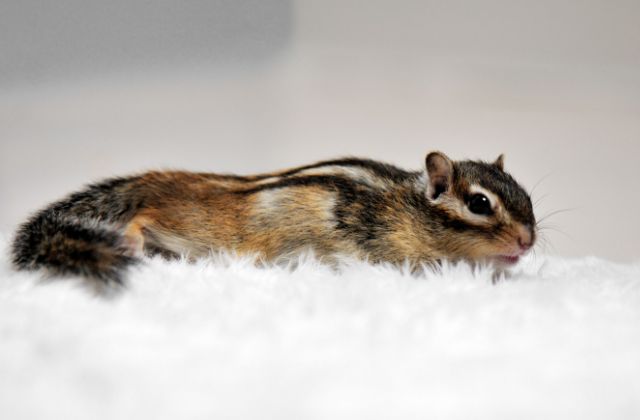
Chipmunks are daytime dwellers who do not leave their burrows at night. Their major time of inactivity is during the warmest months of the year, when they may seldom leave their nests. If in captivity, a chipmunk would sleep for about 15 hours daily, and the same goes for their wild counterparts.
12. The smallest chipmunk is Tamias minimus.
Tamias minimus is the name of the chipmunk’s smallest species. They have three dark and two light stripes on their face and four light stripes on their flanks. It is 185 to 222 millimeters (18 to 2.2 cm) in length and weighs 42 to 53 grams (1.48 to 1.86 ounces).
Conclusion
Chipmunks may not be as fascinating as some large carnivores, but they possess a distinct appeal. We hope you enjoyed learning everything there is to know about chipmunks. For more such interesting facts, visit our website!
